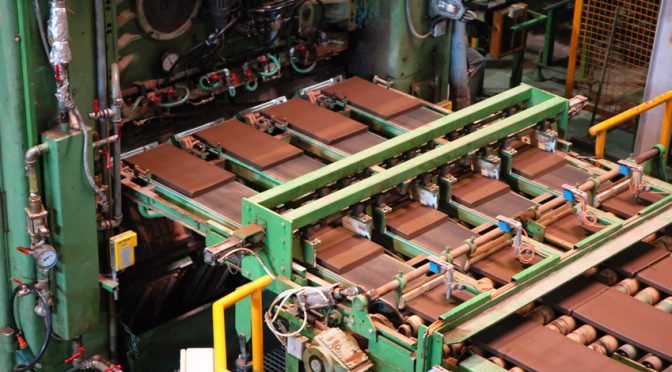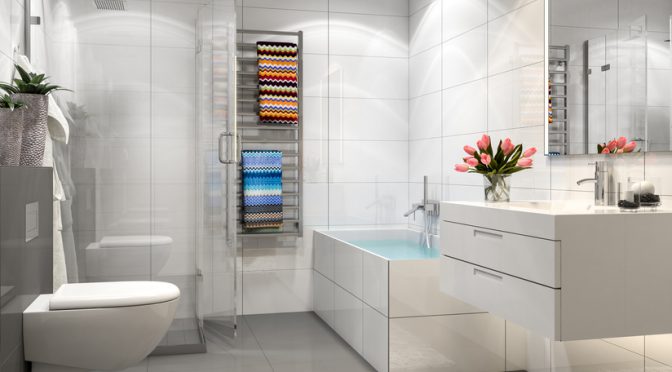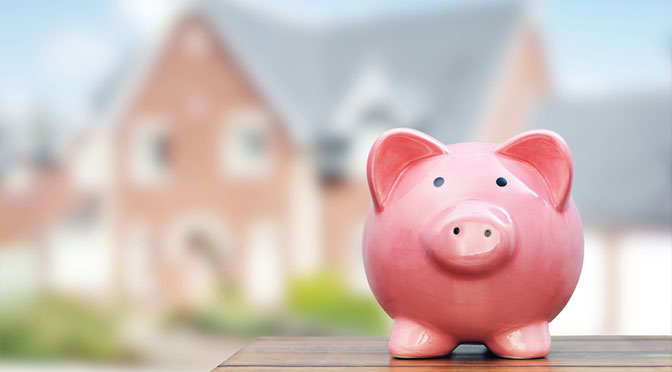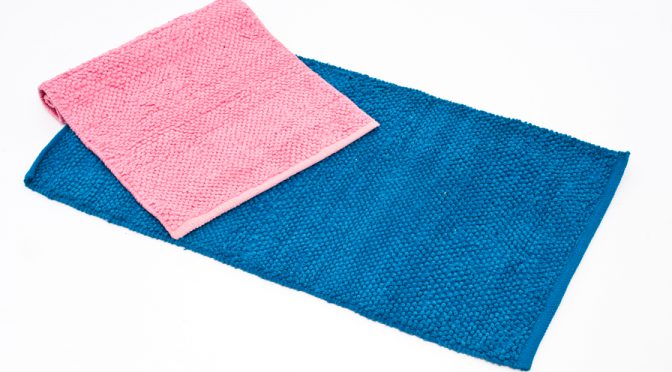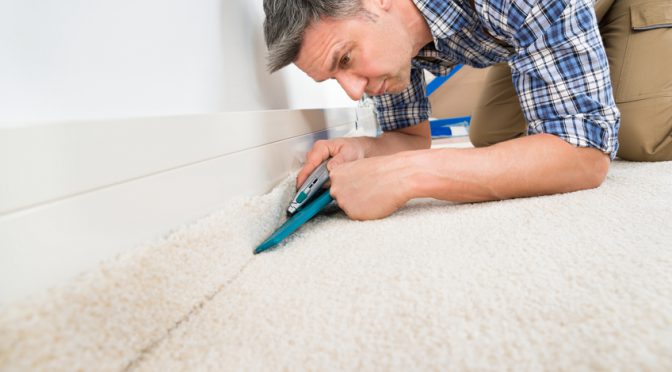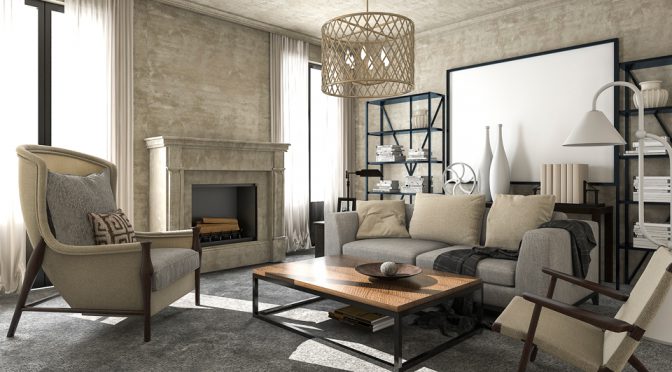Ceramic is as old as the world. It has been manufactured and used for thousands of years. The ancient Greeks and Romans were crazy about it. Ceramic is found in every corner of the world.
Clay is the first material used to manufacture ceramic. It is baked at very high temperatures. Clay is abundant in nature, even if manufacturers have been using it for ages. From this aspect, ceramic is definitely an ecological material.
On top of that, ceramic is extremely durable once it is placed on the floor or walls. It can last for almost half a century. And it requires little maintenance, which in itself is a distinguishing feature of a sustainable material.
[caption id="attachment_14107" align="aligncenter" width="580"] iStock[/caption]
iStock[/caption]
The surface of ceramic is often vitreous, which means that there is no risk of toxic substances spreading in the air of a home. Even better: more and more manufacturers are resorting to recycled material, such as glass, to manufacture ceramic.
Is ceramic ecological. Not quite.[……]
